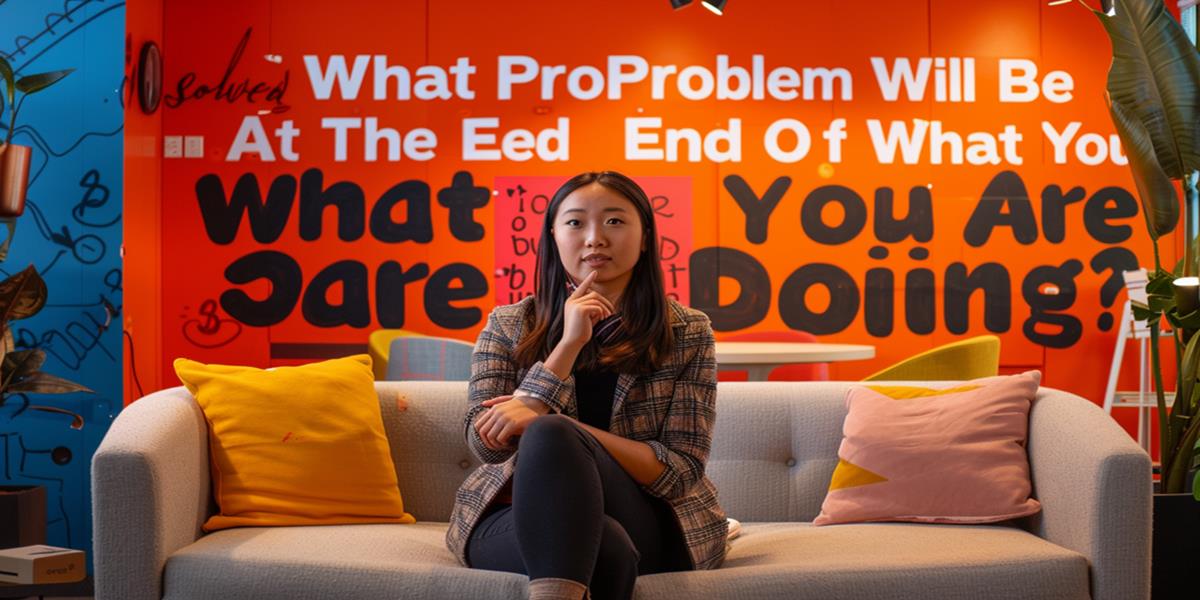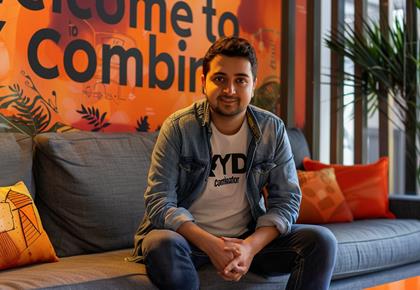Part of the series:
Y Combinator: 40 Questions and 40 Answers
Y Combinator: 40 Questions and 40 Answers
This question builds on the first by asking startups to project into the future and envision the ultimate impact of their solution.
It's designed to see beyond the immediate solution to the longer-term vision, crucial for understanding the startup's potential scalability and sustained relevance. Here’s how to handle this question effectively.
1. Why Y Combinator Asks This Question
Y Combinator is not just interested in what your startup aims to solve right now, but also what end-game you are working towards. This question assesses whether you have a clear, strategic vision for the future and how your current path will lead to a transformative change in the market or industry.It's about understanding the broader impact your company aims to have and whether your goals align with potential for large-scale change.
2. How to Answer the Question
Your answer should focus on the long-term outcome of your startup’s activities. Discuss the ultimate problem you aim to solve and how it contributes to a larger industry or societal change.This is your chance to demonstrate foresight and ambition. Clearly define how the steps you are taking now are building towards a significant future impact. Make sure to articulate a compelling vision that shows foresight and an understanding of market trends and future challenges.
For example, if your startup is creating a platform to optimize renewable energy usage, you might discuss how, at the end of your current development phase, the problem of inefficient energy use in residential areas will be solved, leading to a broader impact on energy conservation efforts globally.
3. How NOT to Answer the Question
Avoid answers that focus too narrowly on short-term goals or that fail to connect the present with your visionary endpoint. Don’t give the impression that your focus is limited only to the immediate future without considering the broader implications of your work.Also, avoid overly ambitious claims that seem unrealistic or unattainable based on your current capabilities and market position.
4. An Example, Based on a Tech Startup
Imagine a tech startup, GreenFlow, which develops smart-grid software to optimize electricity use in urban areas. Here’s how they might approach this question:- Long-Term Problem Statement: "Urban areas account for a significant portion of global energy consumption, often wasted through inefficiency and outdated infrastructure. The complexity of upgrading these systems to be more energy-efficient is a major barrier."
- Solution: "GreenFlow’s smart-grid software integrates seamlessly with existing infrastructure, utilizing AI to optimize energy distribution and reduce waste. Our solution is easily scalable and can be adapted to different urban settings without the need for extensive hardware overhauls."
- Future Impact: "By the end of our current roadmap, GreenFlow will have significantly reduced the energy waste in urban areas, directly contributing to decreased urban carbon footprints and fostering more sustainable city environments worldwide. Our long-term goal is to see our technology adopted in cities globally, leading the way for smart urban energy management."
This kind of response not only outlines what specific problem will be addressed by the end of the company's immediate objectives but also frames the startup’s work in the context of a larger movement towards sustainability and efficiency, aligning with broader environmental goals and market trends.


